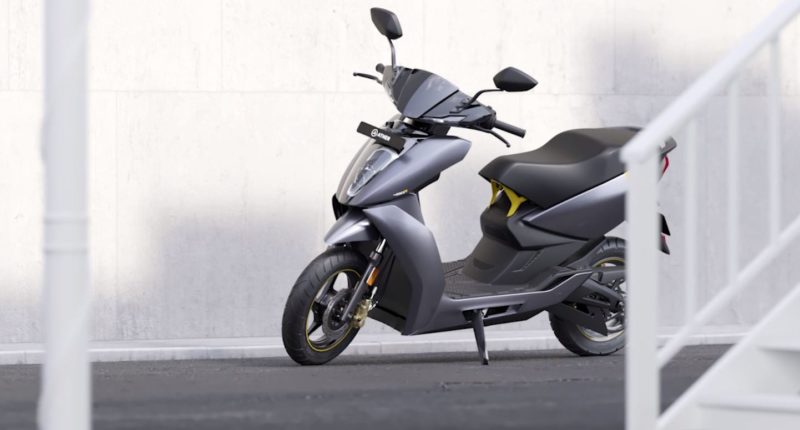Ather Energy, the much storied Indian electric two wheeler company has received an investment worth nearly $12Mn from Hero MotoCorp, in turn raising the latter’s stake in the company by a further 3%. Hero had invested Rs.205 cr in 2016, lending the company a 31.27% stake prior to today’s investment.
The startup, which offers electric scooters, plans to use this investment to scale up distribution to 20 cities by the end of 2021, with a plan to make an entrance in Pune, Delhi, Mumbai, and Hyderabad by the end of October 2020.
Ather Energy was incubated in IIT Madras back in 2013. The Technology Development Board of IIT-M and Srini V Srinivasan, IIT alumnus and founder of Aerospike had provided Rs.45 lacs to start the company. However, the fossil fuel heavy market of India was simply not impressed by the idea of building smart electric scooters for the Indian market, and thus in early 2014, Ather Energy was facing a shortage of funds. The founders then approached Sachin Bansal and Binny Bansal, founders of Flipkart who believed in Ather Energy’s vision and invested $1 mn in the startup. The company took off from there, and in May 2015 bagged $12 mn from Tiger Global.
Last May, the company raised $51 million in a funding round led by Sachin Bansal, who alone infused $32 million.
They currently have two models in public. The Ather 450 and 450X are fully electric scooters that embrace top speeds of 80kmph. While the former can get from 0 to 40kmph in 3.9 seconds, the latter can do it in 3.3, and also boasts a range of about 85 kms, 10 kms higher than the Ather 450. These are produced at the company’s Whitefield production plant, with the company already developing a new manufacturing plant in Hosur to accomodate more production orders.
The Ather Grid system, “an extensive public charging network in your city,” has established 31 fast charging points in Bengaluru and 10 charging points in Chennai. The company aims to introduce more cities to the concept of EV charging stations, and expand its Grid across the country in the next 5 years.
In 2013, the Indian government had launched the National Electric Mobility Mission Plan 2020, that aimed to faster adoption and manufacturing of hybrid and electric vehicles in the country. According to Greenwatch’s Climate Risk Index, India’s rank declined from 14th to 5th in 2 years. This encourages the fact that more EV vehicles are needed on Indian roads.
The Tech Portal is published by Blue Box Media Private Limited. Our investors have no influence over our reporting. Read our full Ownership and Funding Disclosure →






